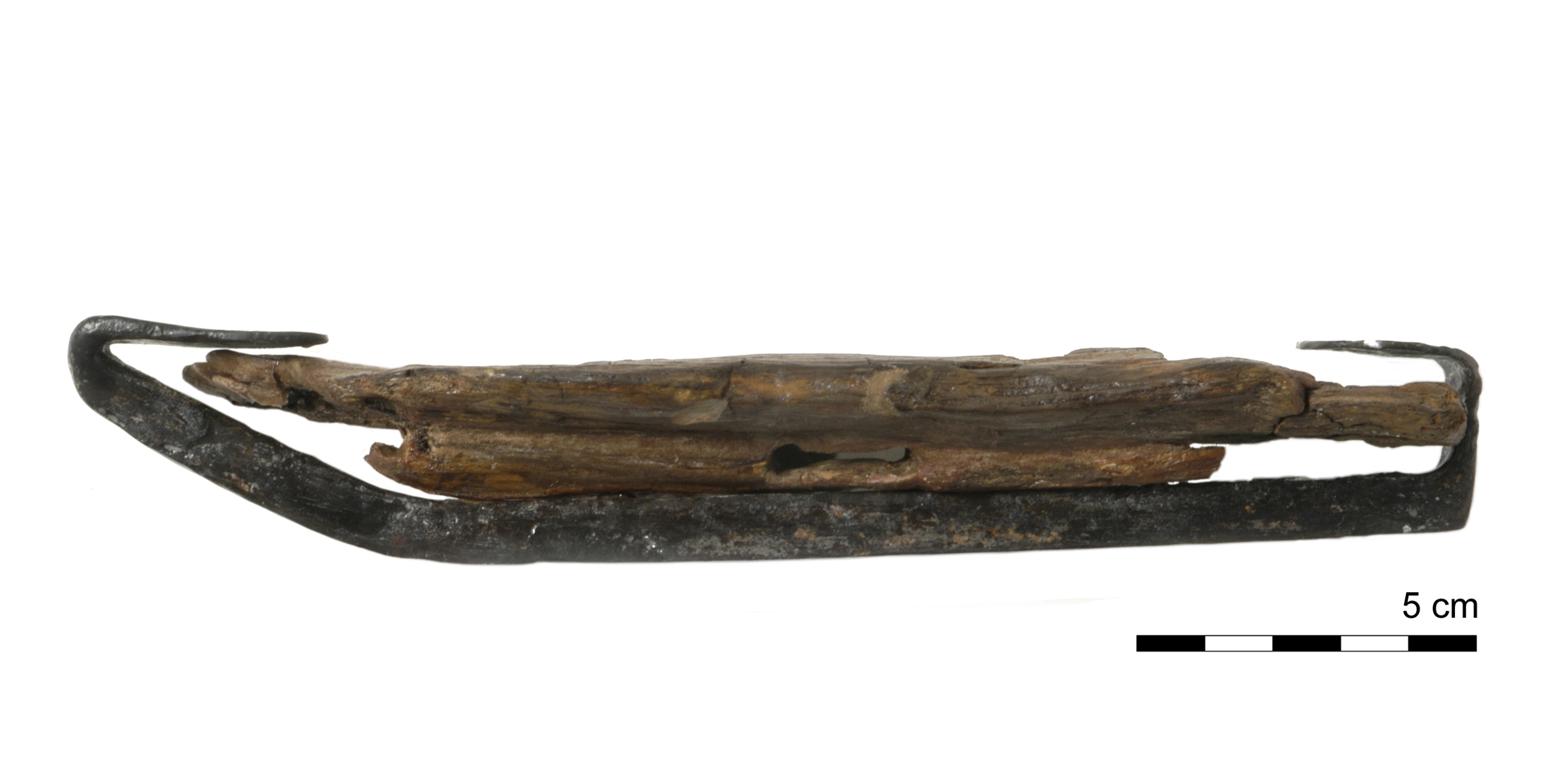
Gösta Berg (1903–1993) was a Swedish ethnologist who worked on skating, skiing, and other winter activities. His writings include three papers on bone skates, written in three different languages over a period of nearly thirty years:
- “Isläggar och skridskor” (Bone skates and metal-bladed skates), published in Swedish in 1943.
- “Skier und Schlittschuhe: Zwei nordische Fortbewegunsmittel” (Skis and skates: Two nordic modes of travel), published in German in 1952.
- “Skates and punt sleds: Some Scandinavian notes,” published in English in 1971.
Reading these three papers in order provides a view into how Berg’s ideas about bone skates evolved over time. Climate takes on progressively more significance in his work. The first paper mentions climate considerations briefly, the second expands on them, and the third begins with a discussion of climate and nails down the details. Berg (1971, p. 4) describes the necessary climate as one with cold winters, but little snow. This explains why bone skates finds are common in southern Sweden, but not in the north, where there is much more snow.
Berg’s papers are great resources on the use of bone skates in Sweden, but he did make two mistakes, which have propagated through the history of bone skates research:
- Only children and beginners had to tie their skates on (Berg 1943, p. 82). This statement was refuted by Edberg & Karlsson (2016, p. 15), who noted that the smaller skates found at Birka and Sigtuna—the ones suitable for young children—had no attachment mechanism and were much less elaborately worked than the larger ones.
- The races on bone skates described by Olaus Magnus were 5–8 km long (Berg 1943, p. 84). This seems to be the result of a mathematical error converting Olaus’s 8–12 Italian miles to kilometers. A more correct figure is the 12–18 km given by Fisher & Higgens (1996, p. 86). For more details, see my blog post.
Despite these mistakes, he made substantial contributions to the study of bone skates. He also did important work on other winter activities; skiing, skating on metal-bladed skates, and sledding are covered in these papers. And he wrote more extensively on skis elsewhere (see, e.g., Berg 1950). His page on the Swedish version of Wikipedia summarizes his broader accomplishments and memberships.
References
Gösta Berg, 1943. Isläggar och skridskor. Fataburen 1943:79-90.
Gösta Berg, 1950. Finds of skis from prehistoric time in Swedish bogs and marshes. Stockholm: Generalstabens litografiska anstalts förlag.
Gösta Berg, 1952. Skier und Schlittschuhe: Zwei nordische Fortbewegungsmittel. Tribus: Jahrbuch des Linden-Museums Stuttgart 2:188-195
Gösta Berg, 1971. Skates and punt sleds: Some Scandinavian notes. In Vriendenboek voor A. J. Bernet Kempers. Arnheim: Meertens en Plettenburg. Pp. 4-13.
R. Edberg & J. Karlsson. 2016. Bone skates and young people in Birka and Sigtuna. Fornvännen 111:7–16.
Olaus Magnus. 1996. Description of the Northern Peoples. Ed. P. G. Foote, trans. Peter Fisher and Humphrey Higgens. London: Hakluyt Society.





